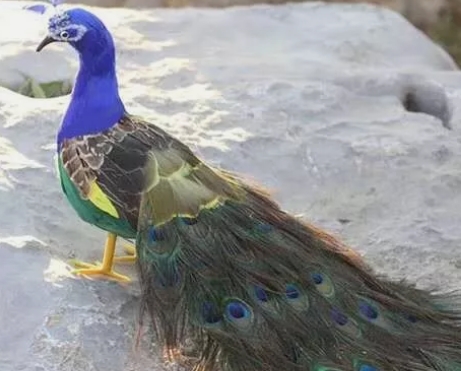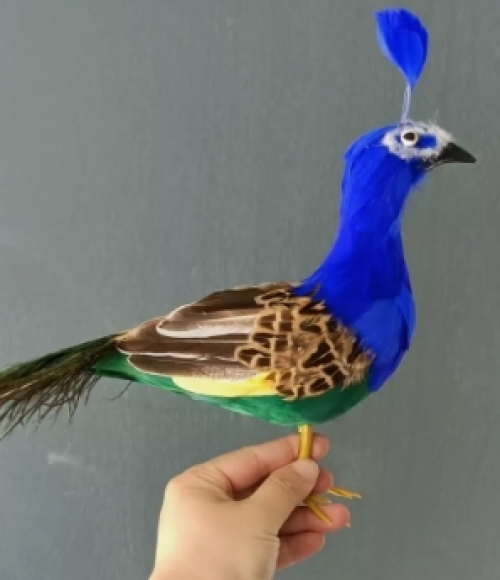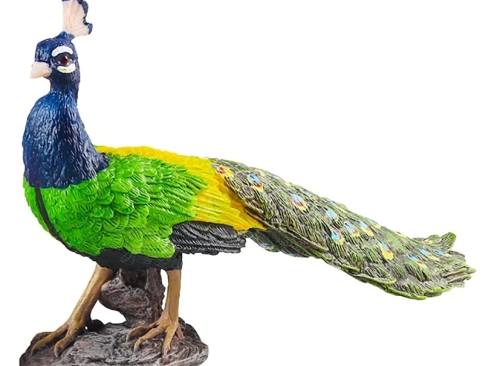A peacock model is a simulation model based on a peacock, which is often used in scientific research, educational displays and decorative collections. Peacocks are favored for their gorgeous feathers and unique display behavior, so making fine models of peacocks can better demonstrate their biological characteristics and aesthetic value.
Including design, engraving, coloring and detailing. First of all, the design stage needs to refer to the anatomical data and life photos of the peacock, and develop detailed design drawings. The carving stage uses clay, resin or other materials to create the basic shape of the peacock, including its unique feather structure. After the sculpture is completed, the painting stage is entered, and the color and pattern of peacock feathers are simulated by applying pigments to show its gorgeous appearance. Finally, the detailing phase involves adding texture and detail to the feathers to enhance the realism and detail of the model.
Peacock models help researchers explore the anatomy, ecological behavior, and evolution of peacocks. In terms of educational displays, models are used in museums and educational institutions to help students and the public understand the biological characteristics and behavior of peacocks. In the field of collection, peacock models have attracted many enthusiasts as natural history collections. Through these models, we can better understand the natural charm and ecological value of peacocks.














